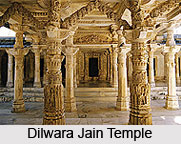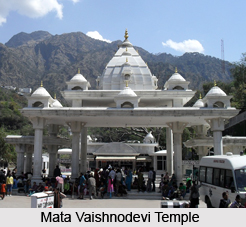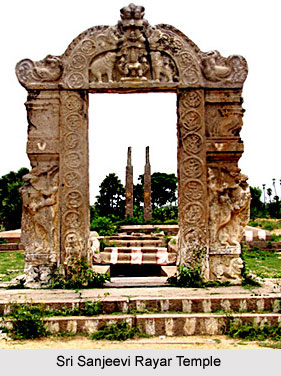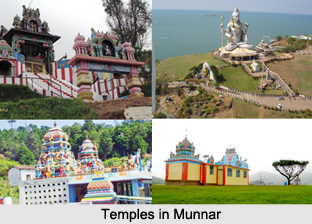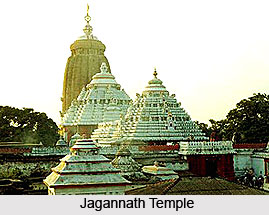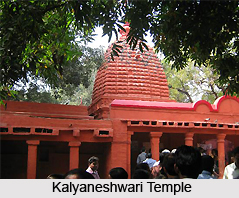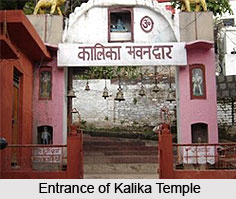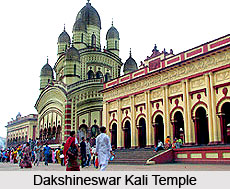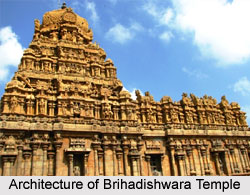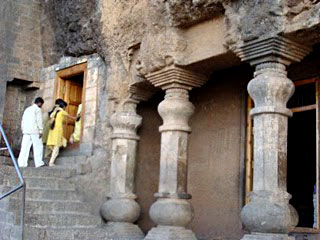 Girijatmaj Vinayaka Temple of Lenyadri in Maharashtra is the sixth Temple of the Asthavinayak temples which is dedicated to Lord Ganesha. `Girijatmaj` literally means Ganesha the son of Girija (Goddess Parvati). This Temple is situated at the Lenyadri Mountain in a Buddhist Cave which is around 95 Kms from Pune. Lenyadri is in North of the Pune City on the banks of River Kukdi.
Girijatmaj Vinayaka Temple of Lenyadri in Maharashtra is the sixth Temple of the Asthavinayak temples which is dedicated to Lord Ganesha. `Girijatmaj` literally means Ganesha the son of Girija (Goddess Parvati). This Temple is situated at the Lenyadri Mountain in a Buddhist Cave which is around 95 Kms from Pune. Lenyadri is in North of the Pune City on the banks of River Kukdi.
Legend of Girijatmaj Temple
According to the legend Goddess Parvati had a strong yearning to have Vinayaka as her son. To fulfill her desire she performed penance for 12 years in the caves of Lenyadri. Pleased by her devotion Lord Ganesha blessed her and on the day of Bhadrapada Shudh Chaturthi when Parvati was worshipping an idol of Lord Ganesha it came alive and told her that her wish has been granted. Since then in the Lenyadri Mountain Lord Ganesha is worshipped as `Girijatmaj.`
Architecture of Girijatmaj Temple
Girijatmaj Vinayak`s temple is in the 8th cave of the 18 Buddhist caves on the Lenyadri Mountain. The temple referred as the Ganesha caves faces the south direction. This temple is reached after climbing 305steps. The entire temple is carved out of single stone.
On entering the temple there is a huge hall which is almost 50 feet wide and 60 feet long carved on a single rock with no pillar in between area. There are around 187 small meditation rooms inside the temple. The main temple is supported by around 6 stone pillars which has beautiful carvings and inscriptions. The idol of Lord Ganesha inside the temple faces north with its trunk turned to the left. The idol here is not a separate idol but has been carved on a stone wall of the cave. Only one eye of this idol can be seen. The head of the idol is turned to the left. This idol can be worshipped by anyone here. There is no availability of electricity in the temple but the rays of the sun lights up the temple throughout the day. During the festivals of Magh Shudh Chaturthi and Bhadrapada huge crowds are seen in the temple.












